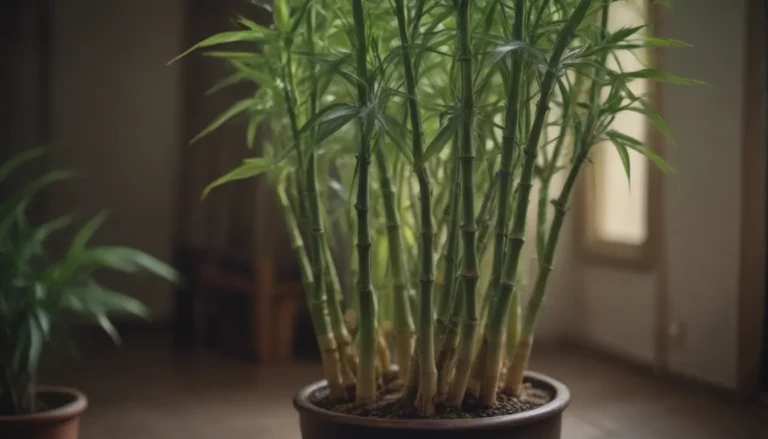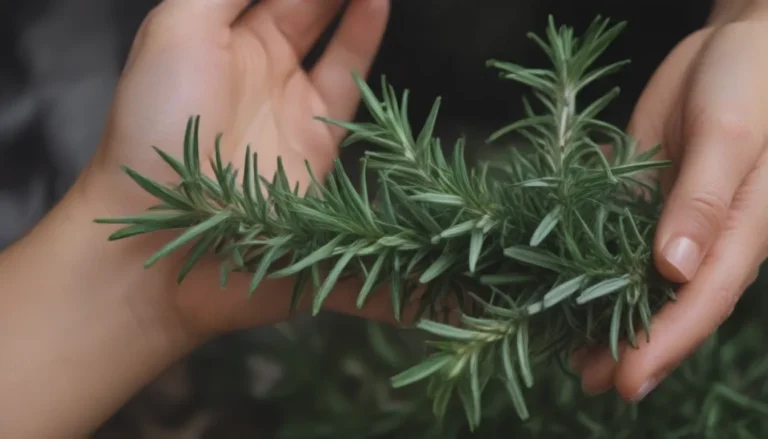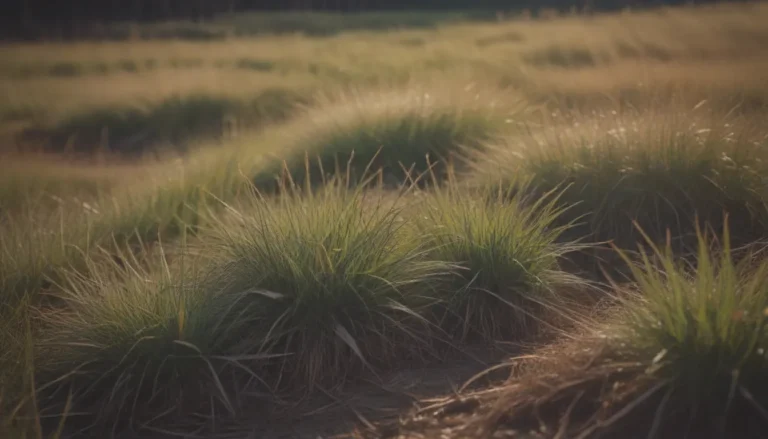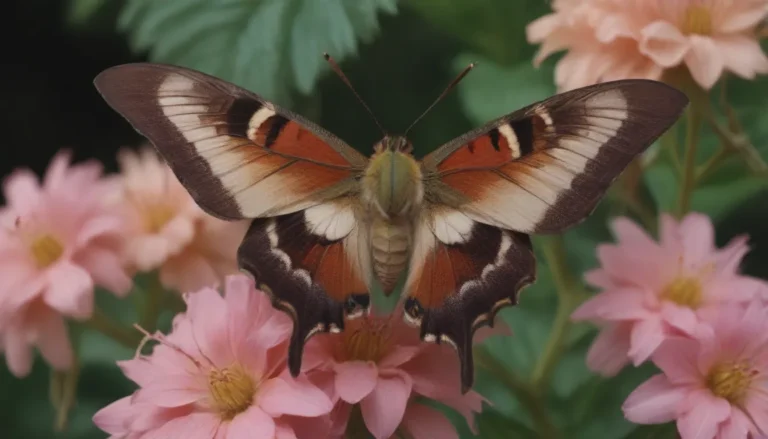The Ultimate Guide to Growing and Caring for Japanese Blood Grass
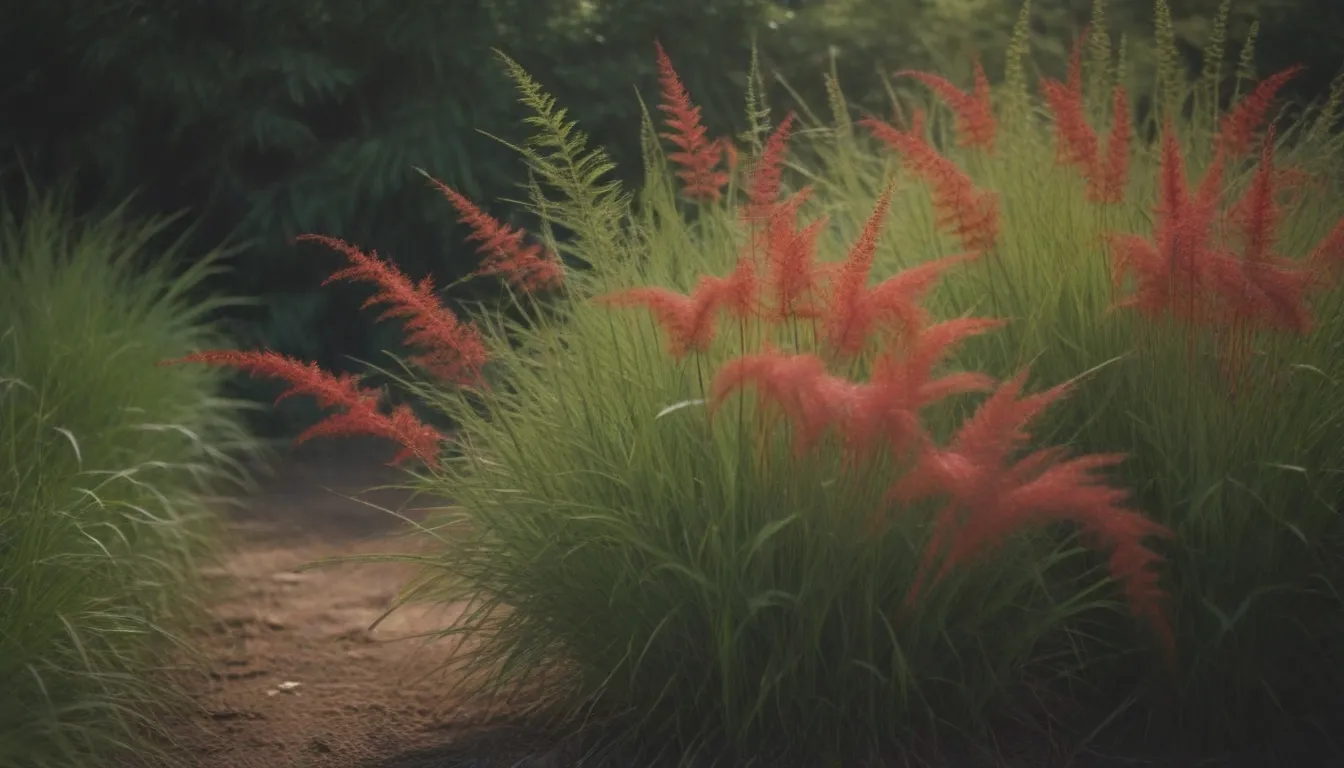
Are you looking to add a pop of vibrant color to your garden that lasts throughout the season? Japanese blood grass might be the perfect choice for you! This ornamental grass not only provides texture and movement to your garden but also offers a striking red accent that will stand out among your other plants. While some may shy away from Japanese blood grass due to its invasive nature, with the right care and maintenance, you can enjoy this beautiful plant without it taking over your garden.
Japanese Blood Grass Care Tips
Japanese blood grass is known for its easy-going nature and stunning color. Here are some tips to help you care for this ornamental grass:
Light
Japanese blood grass thrives in full sun, so make sure it gets at least six hours of direct sunlight every day. In warmer regions, some afternoon shade is tolerated.
Soil
Provide your Japanese blood grass with moist, well-drained soil. This plant does well in sandy soil and can even thrive in coastal gardens.
Water
Japanese blood grass grows best in moist soil, but it can tolerate drought conditions as well. Only water the plant when necessary to prevent the foliage from browning.
Temperature and Humidity
Japanese blood grass can adapt to a wide range of temperatures and humidity levels. It can spread rapidly in warmer climates, so keep an eye on its growth.
Fertilizer
Japanese blood grass doesn’t need much fertilizer to thrive. Avoid over-fertilizing, as it can lead to aggressive growth.
Types of Japanese Blood Grass
To avoid the invasive tendencies of Japanese blood grass, it’s essential to choose sterile cultivars like ‘Red Baron’ or ‘Rubra.’ These cultivars reproduce slowly and are less likely to take over your garden.
Pruning and Propagating
Japanese blood grass looks attractive throughout the winter months and may be somewhat evergreen in most climates. Trim back any dead foliage in the spring, or simply cut the plants back to promote new growth.
Propagating Japanese blood grass is easy and can be done through division. Use a spade to cut the plant in the spring or fall when it’s actively growing. Make small divisions as needed, as they will grow rapidly.
Growing Japanese Blood Grass From Seeds
While named cultivars of Japanese blood grass don’t produce viable seeds, it’s not recommended to grow seeds from the invasive species. Stick to sterile cultivars for best results.
Potting and Repotting
Japanese blood grass is not picky when it comes to potting soil or containers. When repotting, gently pack potting medium around the root ball to ensure healthy growth.
Repot as needed in the spring or fall to prevent overcrowding from spreading rhizomes.
Overwintering
Japanese blood grass requires little maintenance for overwintering. The vibrant colors will persist through cooler temperatures, so you can leave it alone until early spring when it’s time to trim back for new growth.
Common Problems and Companion Plants
Japanese blood grass is relatively resistant to pests and diseases, but keep an eye out for plants reverting to green, as they can exhibit invasive behavior. For regions at risk, consider container culture to control the plant’s growth.
Pair Japanese blood grass with trailing red million bells, petunias, or wax begonias for a striking combination. Purple fountain grass is also a great companion with its dark purple stems and bronzy plumes.
By following these care tips and recommendations, you can enjoy the beauty of Japanese blood grass in your garden without worrying about it taking over. With its stunning color and low maintenance nature, this ornamental grass is a perfect addition to any garden landscape. Give it a try and watch your garden come alive with vibrant hues and lush textures!

